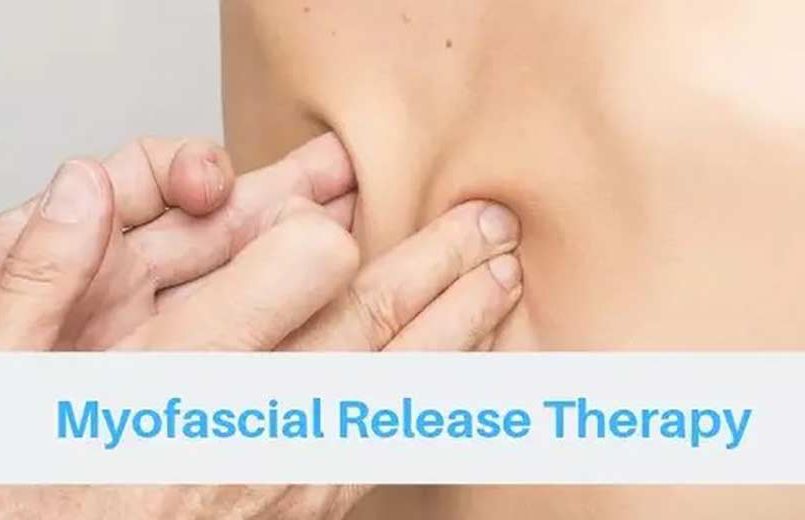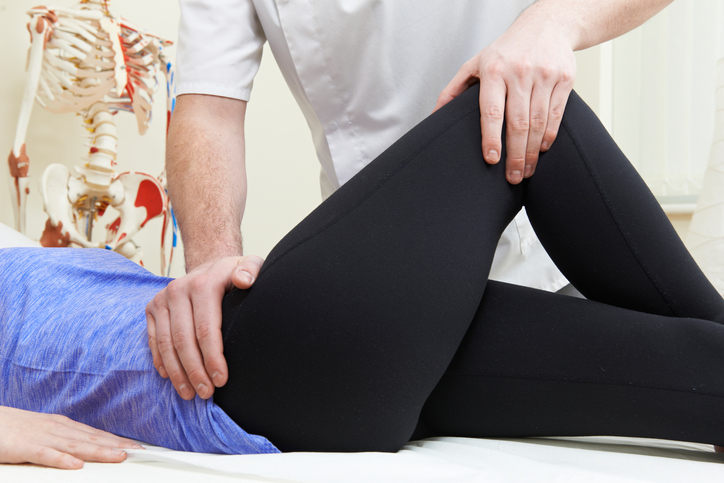The myofascial therapy consists of a physiotherapy technique that tries to assess and locate restrictions in the myofascial system, for further treatment.
What is the fascial system?
When myofascial therapy is applied by the physiotherapist in Dwarka, it acts on fascial system, which constitutes a fibrous (collagen-rich) set that coats, and penetrates all the muscles, bones, joints and structures of the human body to unify it. Among the main functions of the fascia are to protect these tissues from possible impacts or injuries, as well as to inform the central nervous system of the position, movement and general condition of the body.
When do these restrictions appear?
A structural change in the fascia can cause myofascial dysfunctions, which significantly interfere with the quality of life of the patient, as it causes discomfort and pain.
The causes of onset these dysfunctions can be diverse. We highlight some:
- Bad postural habits.
- Local or global prolonged immobilization (bed, plasters, etc.)
- Repetitive trauma: overuse or misuse (postural and dynamic hygiene at work, poorly executed exercise, excess exercise, overload after a competition, …)
- Trauma: bumps, falls, …
- Problems arising after surgical recovery.
- Inadequate nutrition, intolerances, toxic intake, …
- Stress-related emotional causes.
How is myofascial therapy applied?
When the physiotherapist in Janakpuri acts on the restrictions, he tries to stimulate the fascia with different techniques of different intensity. In this way, it is possible to provide information to both the tissue and the central nervous system that results, on the one hand, in trophic changes of tissue characteristics at the local level. On the other hand, the central nervous system will receive different information from the tissue causing the discomfort or pain in the patient.
When is myofascial therapy commonly applied?
- Central and peripheral nervous system dysfunctions.
- Dysfunctions of circulatory systems.
- ATM dysfunctions.
- Rehabilitation of sports injuries.
- Post-traumatic and post-surgical rehabilitation.
- Pelvic floor disorders.
- Respiratory disorders.
Among the most common benefits of myofascial therapy are:
- Elimination of painful symptoms.
- Recovery of the function of the locomotive system.
- Improved circulation of antibodies.
- Increased blood supply, accelerating healing and healing processes.
- Reduction in postural and dynamic disorganization of the body
- A more coordinated and efficient movement


